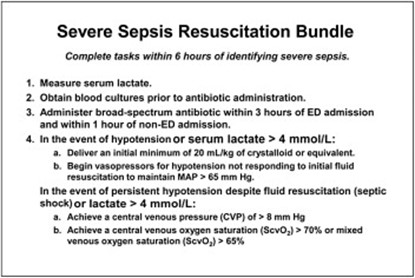A 31-year-old male patient with burn injuries is admitted to the burn unit. Which priority does the nurse anticipate within the first 24 hours?
Sterile dressing changes
Emotional support
Fluid resuscitation
Range-of-motion exercises
The Correct Answer is C
In the initial 24 hours after burn injury, fluid resuscitation is a critical priority in the management of burn patients. Burn injuries can lead to significant fluid loss, both locally at the burn site and systemically due to increased capillary permeability. Fluid resuscitation aims to restore and maintain adequate intravascular volume, ensuring sufficient tissue perfusion and organ function.
The Parkland Formula is commonly used to guide fluid resuscitation in burn patients. It involves calculating the total volume of fluid needed in the first 24 hours, with a portion given in the initial hours after injury and the remainder given over the remaining hours.
A. Sterile dressing changes (option A) are incorrect because they are important in wound care management for burn patients to prevent infection. However, fluid resuscitation takes precedence within the first 24 hours.
B. Emotional support (option B) is incorrect because it is an essential aspect of burn care, as burn injuries can have a significant psychological impact. While emotional support is crucial for the patient's overall well-being, it may not be the highest priority within the first 24 hours compared to addressing the physiological needs of fluid resuscitation.
D. Range-of-motion exercises (option D) are incorrect because they are important for preventing contractures and maintaining joint mobility in burn patients. However, they are typically initiated after the initial fluid resuscitation phase and wound stabilization.
Therefore, the priority the nurse anticipates within the first 24 hours for a 31-year-old male patient with burn injuries is fluid resuscitation.
Nursing Test Bank
Naxlex Comprehensive Predictor Exams
Related Questions
Correct Answer is A
Explanation
The increased respiratory rate and pulse rate can be indicators of physiological changes or potential complications in the patient's condition. These changes may suggest alterations in tissue perfusion or other underlying issues that require further assessment.
Assessing the patient's tissue perfusion includes evaluating additional vital signs, such as blood pressure, oxygen saturation, and capillary refill time. Assessing skin color, temperature, and moisture, as well as peripheral pulses, can also provide important information regarding tissue perfusion.
B. Pain medication (option B) is incorrect because the increased respiratory and pulse rates could also indicate other factors that require assessment before administering pain medication.
C. Documenting the findings in the patient's chart (option C) is incorrect because it should not be the primary action at this point. Assessing the patient's condition and determining appropriate interventions take priority.
D. Increasing the rate of the patient's IV infusion (option D) is incorrect because may not be the most appropriate action without further assessment. The patient's increased respiratory and pulse rates may not necessarily be related to hydration status, and it is important to assess the patient comprehensively before making changes to the IV infusion rate.
Therefore, the best action by the nurse in this situation is to further assess the patient's tissue perfusion to gather more information and determine the appropriate course of action.
Correct Answer is B
Explanation
The patient's symptoms of fever and elevated white blood cell count suggest a potential infection and sepsis. Broad-spectrum antibiotics should be initiated promptly to cover a wide range of possible pathogens until further diagnostic tests and identification of the specific causative agent are obtained. Early administration of appropriate antibiotics is crucial in sepsis management to target the suspected infection and improve patient outcomes.
A. Cooling baths in (option A) is incorrect because: Cooling baths are typically used in the management of hyperthermia or specific conditions like heatstroke. While the patient has an elevated temperature, it is likely due to the systemic inflammatory response rather than solely hyperthermia.
C. Blood transfusion in (option C) is incorrect because Blood transfusion may be required in certain cases of sepsis if there is evidence of significant anemia or active bleeding. However, based on the information provided, there is no immediate indication of a blood transfusion.
D. NPO status in (option D) is incorrect because NPO status (nothing by mouth) is a general precautionary measure used in various situations, such as prior to surgery or to manage gastrointestinal complications. It is not a specific intervention in the sepsis resuscitation bundle.
Therefore, the nurse should initiate the intervention of administering broad-spectrum antibiotics in this scenario.

Whether you are a student looking to ace your exams or a practicing nurse seeking to enhance your expertise , our nursing education contents will empower you with the confidence and competence to make a difference in the lives of patients and become a respected leader in the healthcare field.
Visit Naxlex, invest in your future and unlock endless possibilities with our unparalleled nursing education contents today
Report Wrong Answer on the Current Question
Do you disagree with the answer? If yes, what is your expected answer? Explain.
Kindly be descriptive with the issue you are facing.
